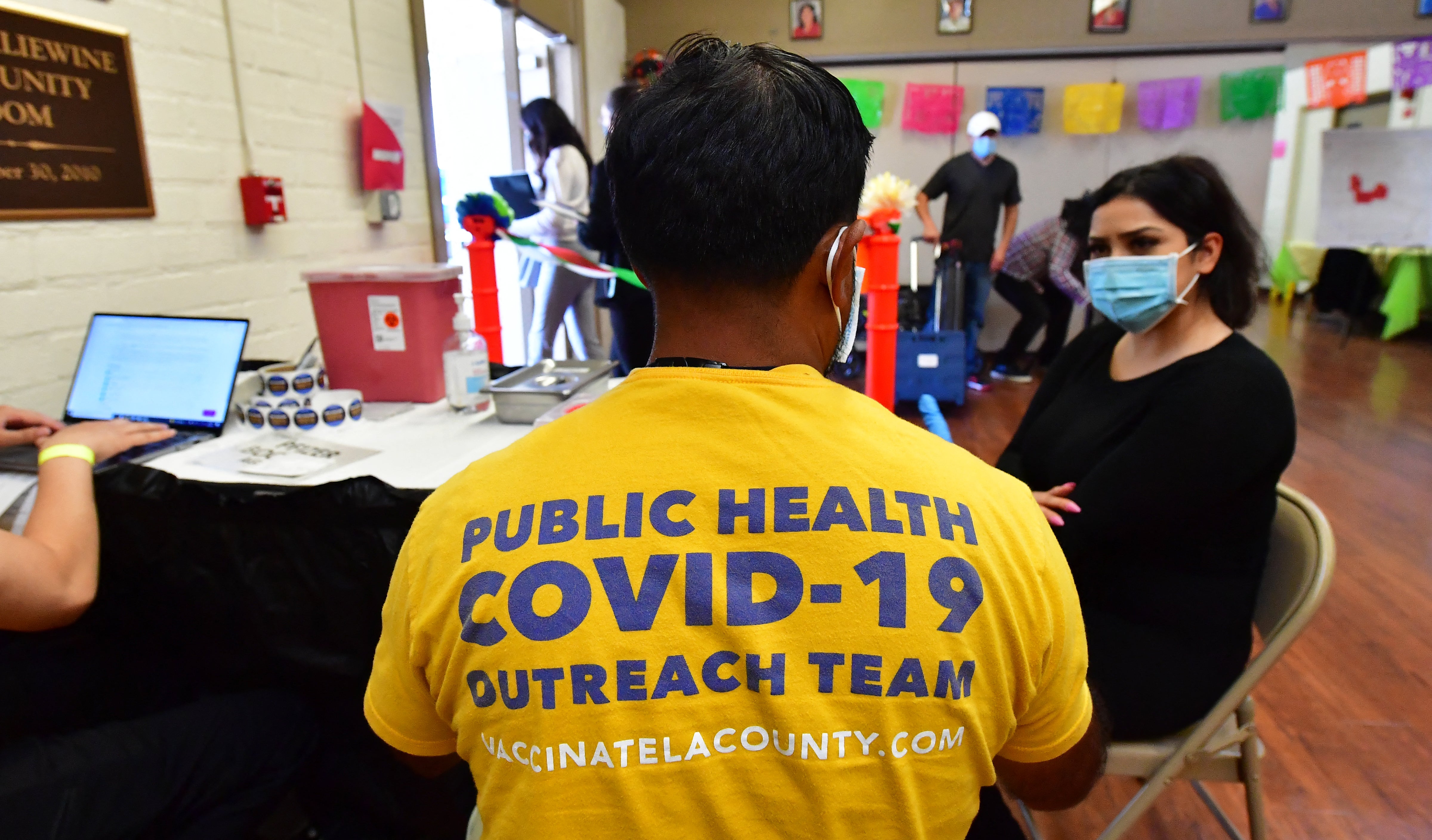Coronavirus levels spiking in wastewater in California, Florida and Texas as cases rise
In the San Francisco Bay area, Covid levels are comparable to the most recent winter surge
Your support helps us to tell the story
From reproductive rights to climate change to Big Tech, The Independent is on the ground when the story is developing. Whether it's investigating the financials of Elon Musk's pro-Trump PAC or producing our latest documentary, 'The A Word', which shines a light on the American women fighting for reproductive rights, we know how important it is to parse out the facts from the messaging.
At such a critical moment in US history, we need reporters on the ground. Your donation allows us to keep sending journalists to speak to both sides of the story.
The Independent is trusted by Americans across the entire political spectrum. And unlike many other quality news outlets, we choose not to lock Americans out of our reporting and analysis with paywalls. We believe quality journalism should be available to everyone, paid for by those who can afford it.
Your support makes all the difference.Seven US states have detected “very high” levels of Covid in their wasterwater, according to estimates released Friday from the Centers for Disease Control and Prevention.
It means that levels have reached the agency’s “high” category for the first time this summer. California, Nevada, Oregon, Texas, Arkansas, Florida, and Maryland were the states with the highest levels, according to CDC data.
"We are seeing patterns that are consistent with what we have observed over the last couple of years in the summer, where we have seen upticks in activity that have occurred around this time of year that are not quite as large as what we see during the winter peaks," Aron Hall, deputy director for science in the CDC’s Coronavirus and Other Respiratory Viruses Division, told CBS News.
In the San Francisco Bay area, Covid levels are comparable to the most recent winter surge, the time of year when Covid cases typically hit their peak, according to separate data from Stanford University’s WastewaterSCAN project.

The levels were “higher than where they were this time last year and on average as high as we saw during the winter peak earlier this year,” WastewaterSCAN’s Amanda Bidwell told KQED.
Meanwhile, 26 states and Washington DC, are seeing “substantial increases” in emergency room visits because of Covid. The national share of Covid ER patients is up 115 percent since last month, the highest level since February.
Nationwide, test positivity was at 11 percent for the week ending in July 6, up from 9 percent the previous week.
Over the past month, 70 percent of infections have been driven by the KP variants, which descend from the JN.1 strain, one of the so-called FLiRT variants, according to an Axios analysis of CDC data. The FLiRT strains are subvariants of Omicron, Yale Medicine reported.
The combination of record-breaking summer travel, and people congregating inside to avoid the heat, is likely further driving cases. Experts say that despite the summer surge, previous immunity may keep overall hospitalizations and deaths low compared to other spikes in case levels.
About 95 percent of the population “currently have identifiable antibodies to omicron, specifically omicron variants, so that’s a very good herd immunity and it keeps us from having high levels of hospitalization,” according to Dr Aileen Marty, an infectious disease expert at Florida International University’s Herbert Wertheim College of Medicine.
The immunity, however, “is only about 45% effective at preventing mild and moderate disease for these new strains because of those mutations that these new strains have,” she told the Miami Herald.

Join our commenting forum
Join thought-provoking conversations, follow other Independent readers and see their replies
Comments